Find the right charger
Tell us about your car and home to see recommendations.
Charging Infrastructure relates to the hardware and software that enables the supply of electricity to EV’s. This involves charging points, billing and access options and electrically supplied parking bays.

Level 1
This is best suited for smaller battery sizes such as those in PHEVS (Petrol-hybrid electric vehicles) or when longer charging time is available. Plugs into a standard outlet providing 10km of range per hour of charge
Level 2
Level 2 chargers allow you to charge your electric car in just a few hours. A level 2 charger safely delivers AC power via a dedicated AC EV charger 3.6-22 kW of power. 20-120km of range per hour of charge
Level 3
High-powered DC Fast-charge Station. 25-350 kW allowing you to charge your EV in a matter of minutes
Single-Phase Power
Single Phase power is found in the majority of residential and commercial locations with the standard 2/3-ping plug sockets providing this power. Single Phase power can power an individuals dedicated charge point up to 7kW.
Three-Phase Power
Three Phase power is more commonly found in commercial and industrial areas. Three-Phase consists of 3 alternating currents (AC) which allows for 22kW of AC charging power. Also, a pre-requisite for DC charging is a large availability of three-phase power.
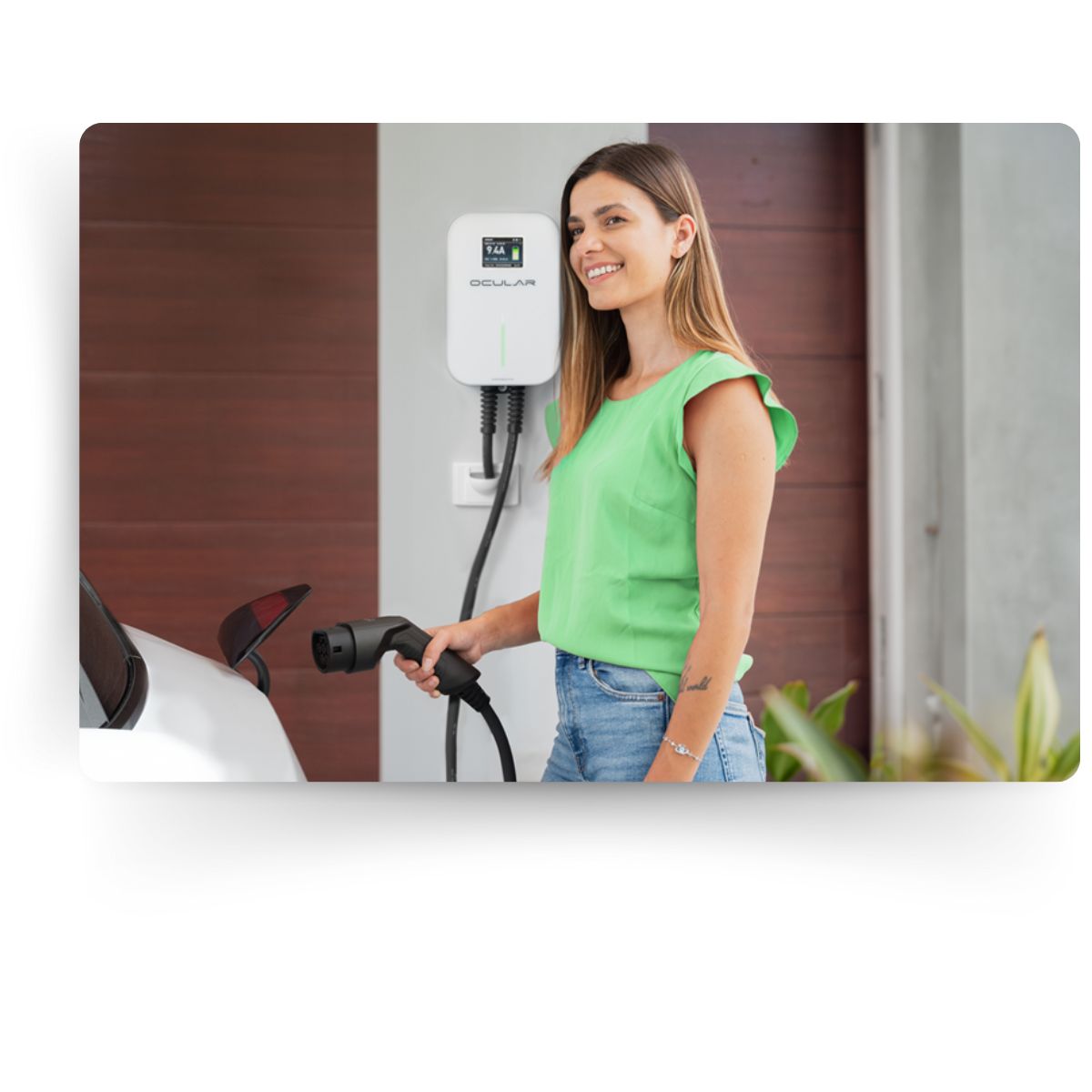
AC Charging
For the average home-owner, Alternating current (AC) charging is how most EV owners charge their cars overnight. The Electric Vehicle (EV) possesses an on-board charger to power the battery, thus the speed of charging will also rely on the vehicles onboard charging speed capacity.
Common Maximum AC charging speeds are:
– 7kW
– 11kW
– 22kW
AC charging requires a lower amount of voltage to work, this being either Level 1 (120 Volts) or Level 2 (240 Volts).
Although a lower supply of volts means a lower charge speed, AC Charging has its benefits through its ability to be easily installed in most residential dwellings. It is an excellent solution for residential, multi-unit dwellings, workplaces and long-term parking locations such as hotels, train stations and airport parking garages.
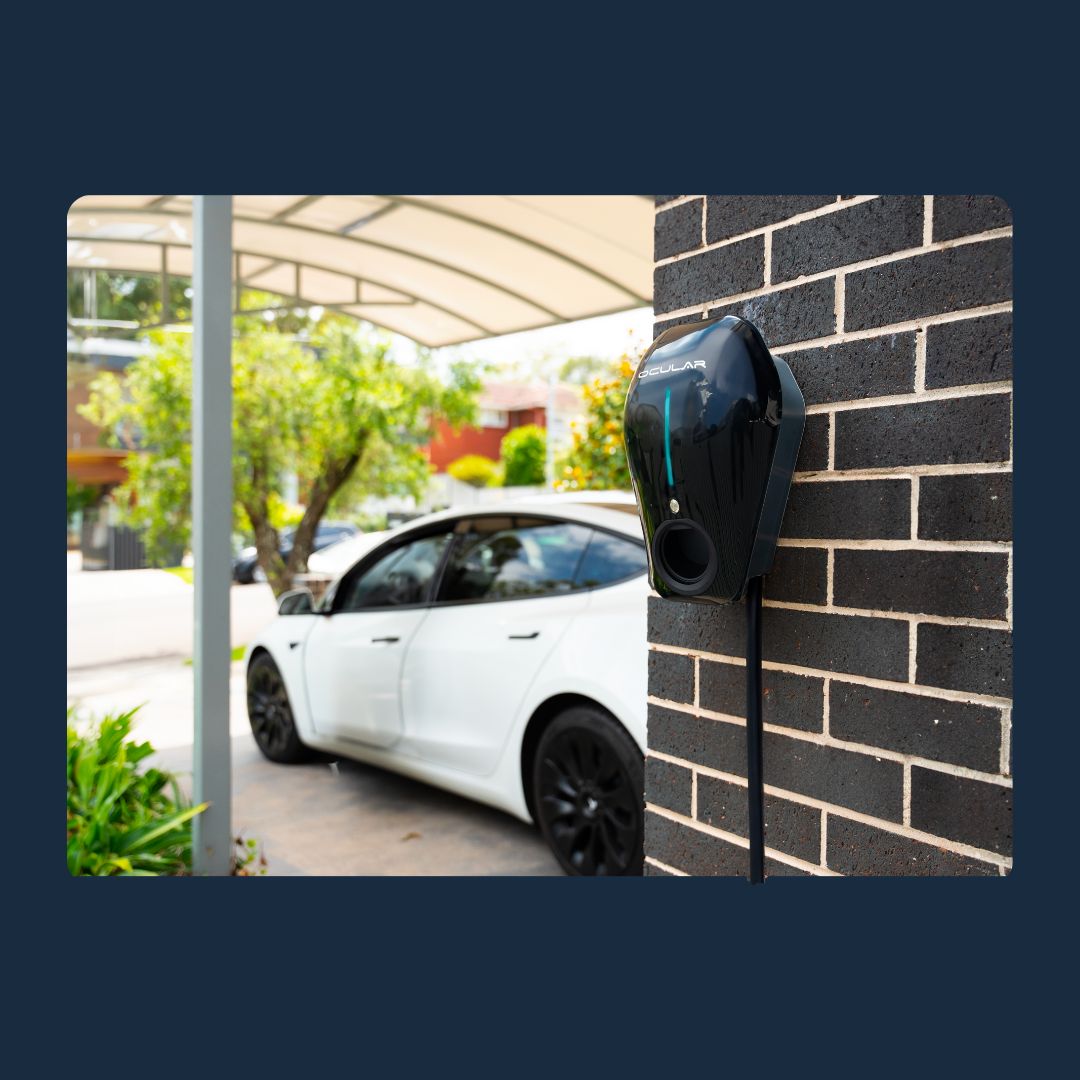

Direct Current (DC) charging enables greater charging speeds for EV’s due to the electricity being supplied directly to the electric vehicles on-board battery at much greater levels compared to AC.
The higher the DC power, the shorter the time of charging will be. To protect the vehicles onboard battery, the charger will slow down its charging speed at around the 80% mark for the battery. DC charging speeds range:
– 50kW
– 100kW
– 150kW
– 300kW
DC charging is Level 3 rated and can provide 40km of range in about 10 minutes for a 50kW DC system. A level 2 AC charger will deliver this 40km of range in 1 hour of charging.
State of Charge (SOC)
SOC is the equivalent of a fuel gauge for the battery pack in an EV. SOC represents the amount of charge left in the battery through percentage values, similar to a phone.
Charging Management System (CMS)
The vehicles on-board charging management system controls the charging process and can decrease depending on battery percentage.
Battery Management System (BMS)
Every EV possesses a BMS to monitor the battery status.
EVSE – Electric Vehicle Supply Equipment
EVSE is an umbrella term relating to all technical components of a charging point or a charging station.
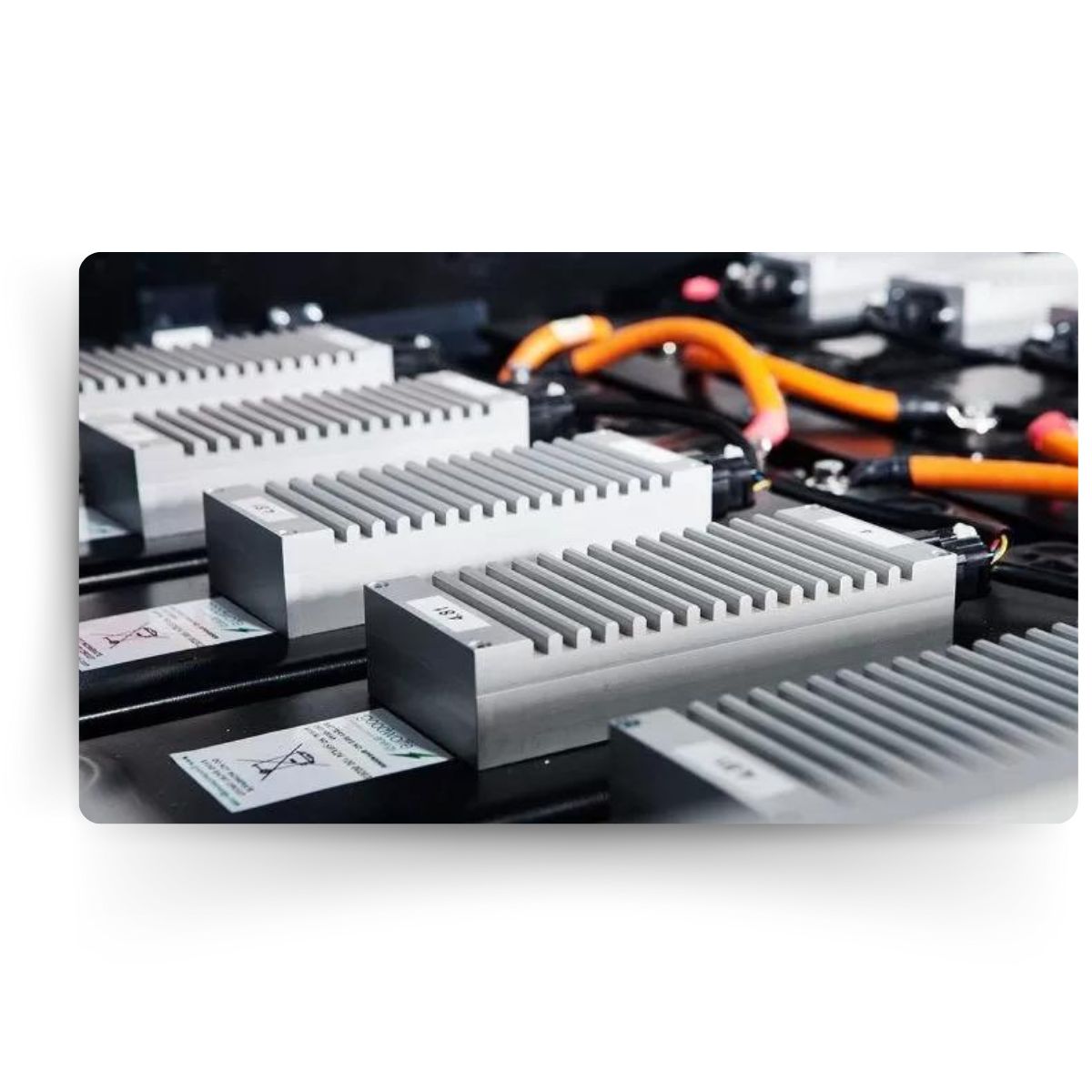

Battery Electric vehicle (BEV)
A Battery Electric Vehicle utilises electric motors and motor controllers to power the vehicle. The power is stored in the EV’s onboard battery which supplies the electricity to the vehicle’s wheels via an electric motor. A BEV must recharge at Electric Vehicle charging stations to replenish its battery.
PHEV (Plug-in Hybrid Electric Vehicle)
A PHEV is a hybrid vehicle possessing both an electric motor and battery and an internal combustion engine. The PHEV can be recharged by plugging into an EV charger or electrical outlet.
Plug-in hybrids possess 2 modes:
1. All Electric – motor &battery provide all of cars energy
2. Hybrid – Both electricity and gasoline are used
Hybrid Electric Vehicle (HEV)
A hybrid electric vehicle is a 100% fossil-fuelled hybrid car. These vehicles have a small on-board battery which is charged through regenerative braking, generating electric power in tandem with the combustion engine. Keep in mind all energy originates from petrol.
Plug-in Vehicle (PiV)
Is a blanket term relating to vehicles that come with a plug socket – BEVs & PHEVs.
Range Extended EV (Rex)
An EV with an electric drivetrain but a small petrol generator to charge the battery.
Type 1 Plug
Type 1 is a single phase plug which enables charging power up to 7.3kWh (32 A, 230V). Type 1 is slowly being phased out with the replacement of the Type 2 port.
Type 2 Plug
Type 2 plugs allow for up to three-phase power. In private settings, charging power up to 22kWh is commonplace, whilst power levels of 43kWh (AC, 63A, 400V) are able to be utilised at public charging stations.
The majority of public charging stations are built with Type 2 sockets, similar to modern EV’s (post 2018). All mode 3 charging cords are compatible with this socket type, with EV’s capable of being charged with both Type 1 and Type 2 plugs.
Type 2 is the Australian AC standard

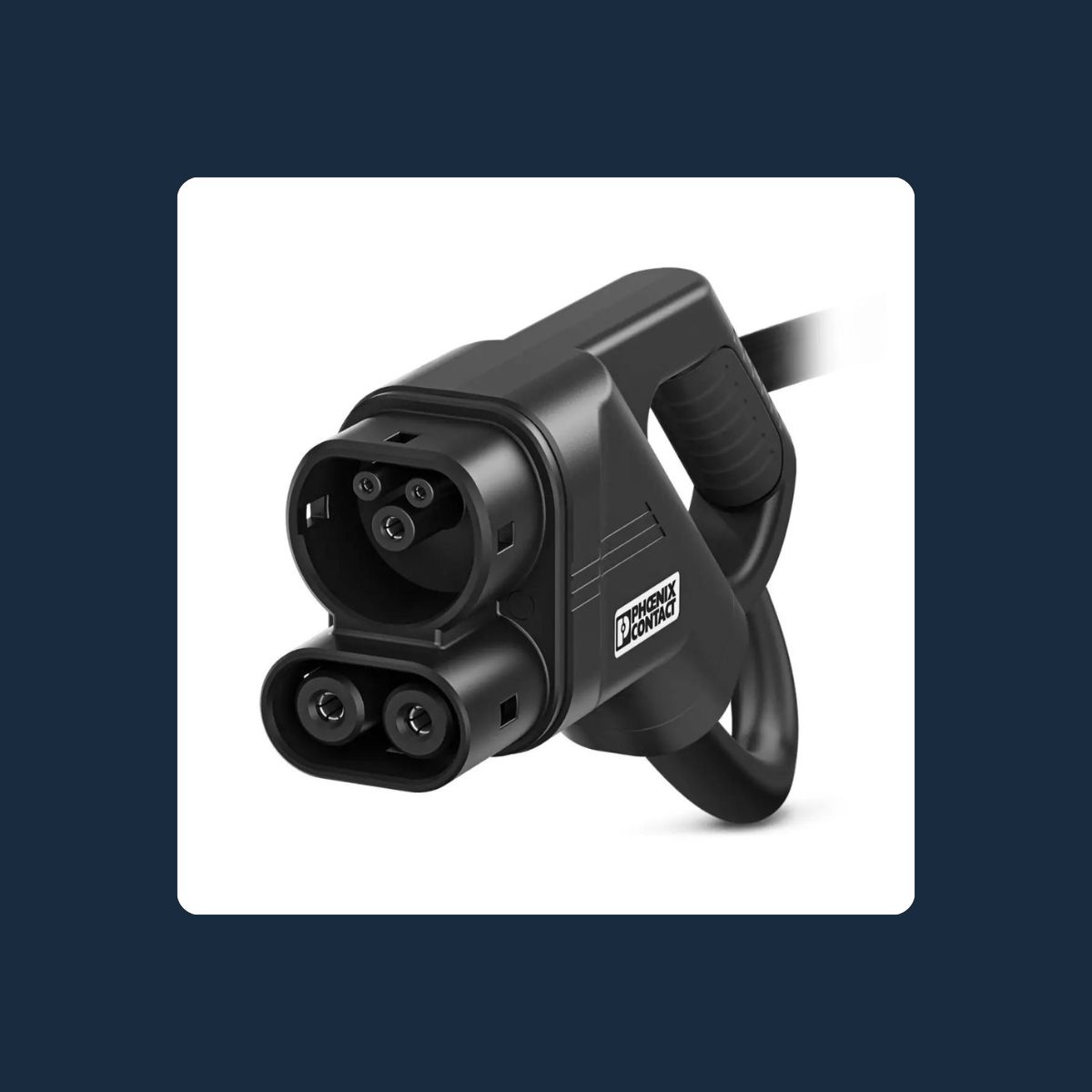
CHAdeMO
CHAdeMO is the standard for a Japanese fast-charging system. It consists of a round four-pin plug, being only utilised for rapid charging points, compatible with EV’s manufactured by Asian brands. CHAdeMO offers V2G (Vehicle to Grid) however possesses less power compared to the CCS and requires 2 separate sockets.
Combined Charging System (CSS1 & CSS2)
The CCS socket is a combined fast charging system that can deliver DC or AC power. In Australia the connectors are Type 2 and DC (CSS2).
CCS2 is the predominate and recommended Australian plug standard
Home Charging
Privately owned charging stations which are not available to the public, located in areas such as homes, multi-dwelling buildings, business premises and other private parking areas.
Public Charging
Charging infrastructure located in public areas (streets, highways), and are accessible to anyone.
Fleet Charging
This refers to charging offered in privately owned fleets and businesses.
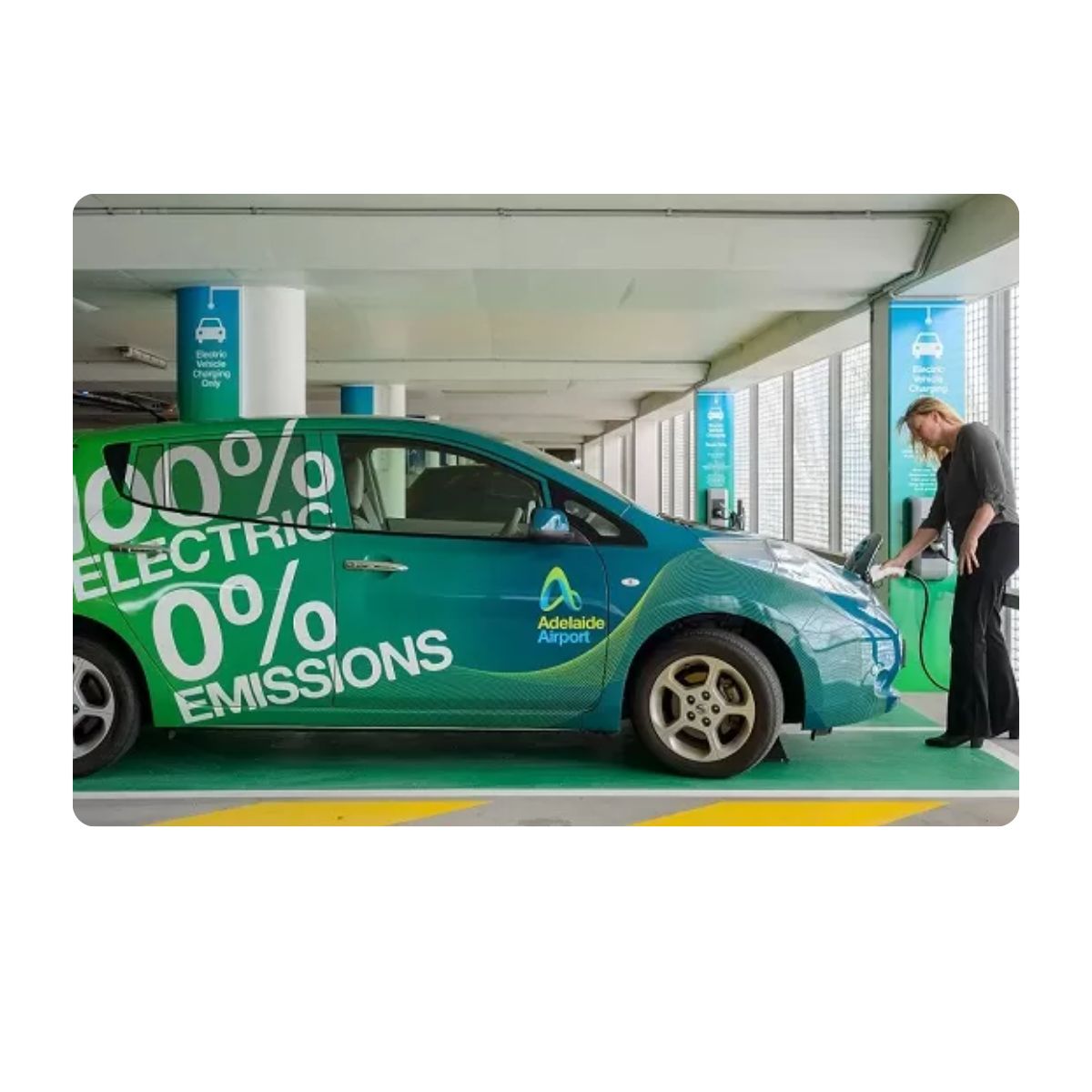
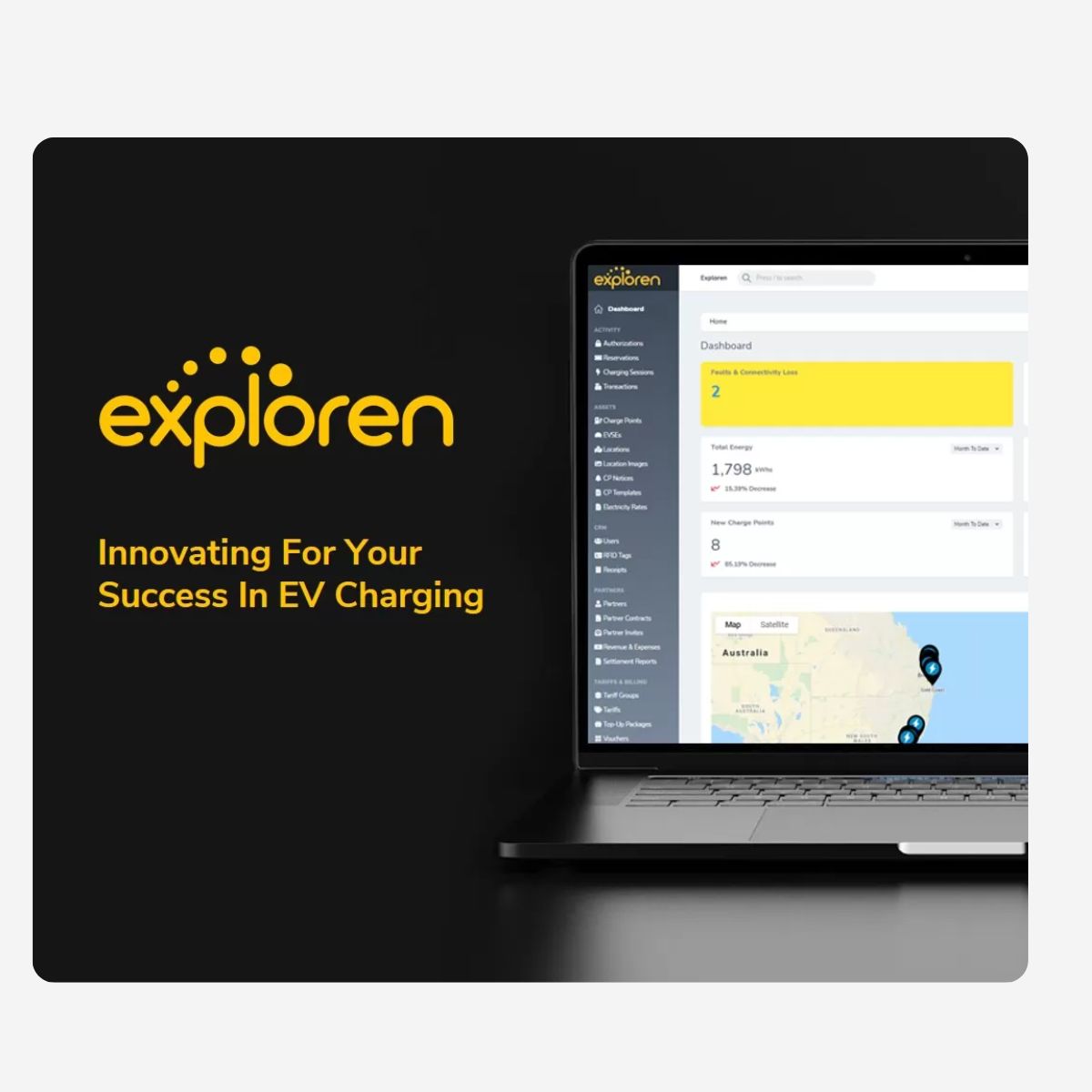
Open Charge Point Protocol (OCPP)
OCPP refers to the communication between EV Charging Stations and central management systems.
Open Charge Point Interface (OCPI)
The OCPI is designed for exchanging information about charge points between CPO’s and eMSP’s, enabling scalable, automated EV roaming.
OCPI is an independent open roaming protocol and is free to use. It can work for direct connection or via roaming hubs.
ISO 15118
ISO 15118 refers to an international standard outlining the digital communication procedure that an EV and charging station must use to recharge the EV’s high-voltage battery.
ISO 15118’s Plug & Charge
This is the process of inserting the charging plug into the EV charging, and then driving away when ready. Made possible because of a digital certificate located in the vehicle allowing it to communicate with the charging station via a Vehicle-to-grid (V2G) communication protocol.
This enables a seamless end-to-end charging experience, which includes the automatic authentication and billing of the user. This avoids the requirement of an RFID card, an app or to memorise pins.
Charge Point Management System (CPMS)
CPMS is an information technology platform created to manage and optimise the EV charging process. This technology is cloud-based, white-labelled and is maintained by the owner of the company.
EV Charging Platform includes:

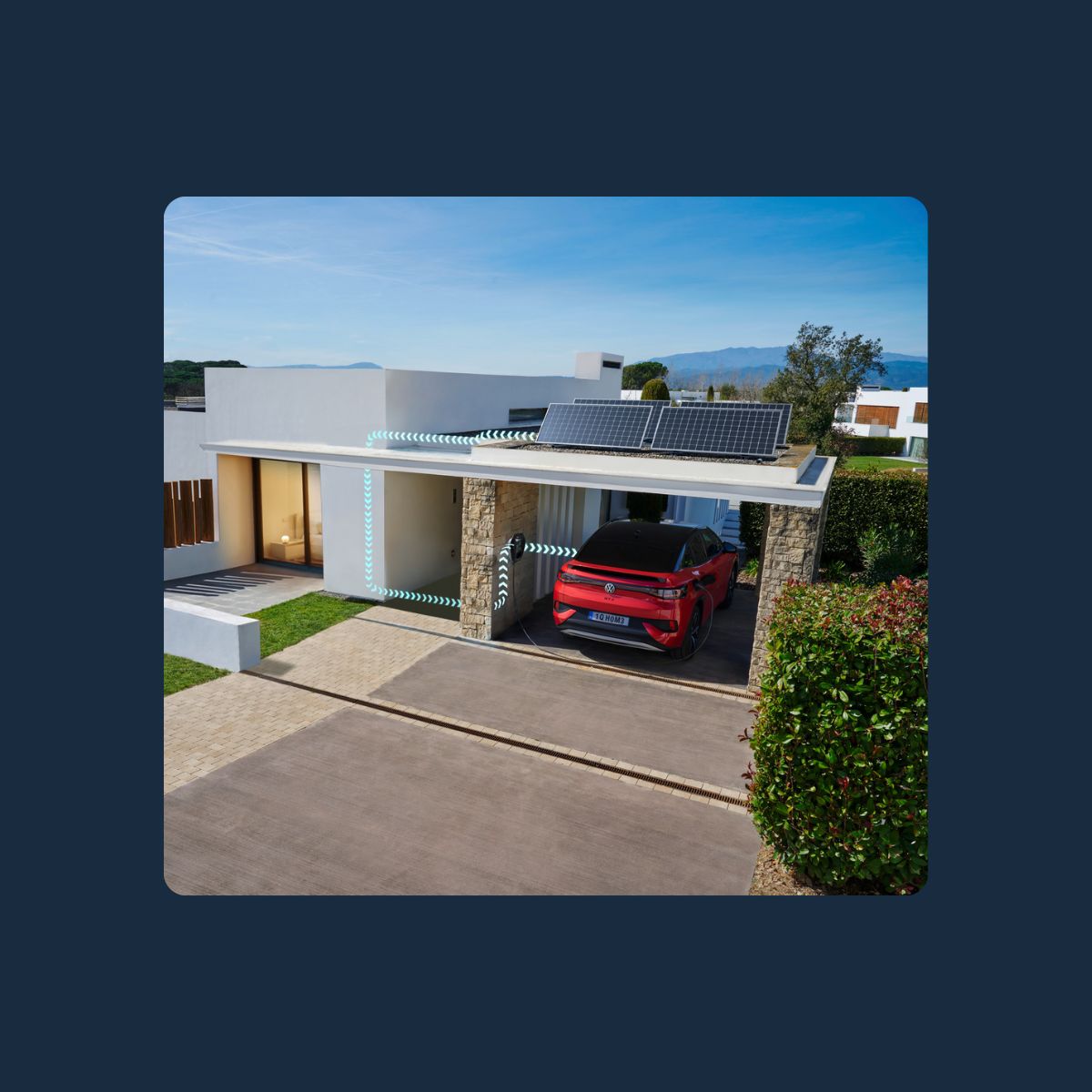
Smart Charging has the ability to manage, monitor and restrict EV charging to optimise energy based on local consumption demand (load balancing, energy monitoring, managed charging).
Benefits:
Optimizes the charging infrastructure and energy resources by:
Demand Response
Demand response refers to the shifting of electricity consumption during peak hours of the day to save on electricity costs.
This is in response to time-based specific rates/financial incentives offered by power utilities for balancing supply and demand.
Charging as a Service (CaaS) is a comprehensive, subscription-based EV charging solution provided by EVSE. It offers fully supported, scalable EV charging infrastructure without the need for significant upfront costs or complex management. CaaS is designed to simplify the process of implementing and maintaining EV charging systems for both residential and commercial customers, including employee homes, workplaces, and depots.
EVSE believes in a green sustainable future by delivering the latest EV Charging technology at the lowest price. All our work is certified and guaranteed with the backing of global brands.
Our team of experts can provide specialist EVSE advice and are available to answer any of your questions over the phone





"*" indicates required fields

Tell us about your car and home to see recommendations.

Stocking the best Electric Car products from the World’s leading brands.

All of our EVSE products are compliant with Australian & International standards.